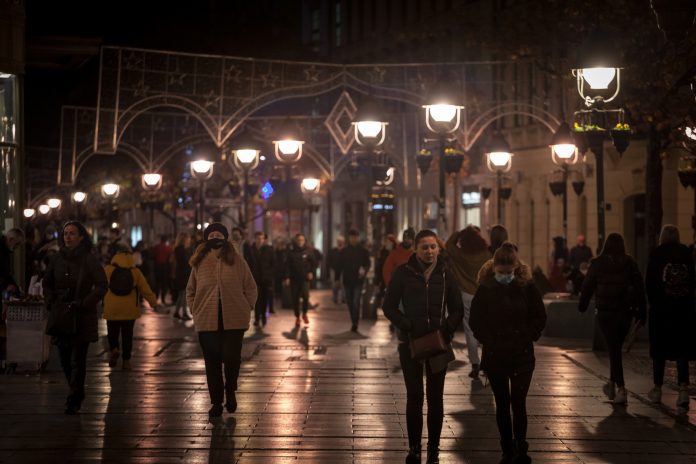Safer streets can be achieved with better lighting solutions across the UK, where reductions in crime can be visibly seen in local areas with improved schemes
Councils across the country have faced substantial financial challenges in the wake of years of significant funding cuts, explains Clare Thomas, Head of Applications and Solutions at Urbis Schréder. With many forced to review budgets for local services including streetlights to save money, safer streets initiatives have been neglected.
Street lighting accounts for a significant proportion of a local authority’s overall electricity consumption, typically 30% (less if street lighting assets have been converted to LED), and outdoor public lighting is also a significant contributor to CO2 emissions.
However, as UK government policy drives towards Net Zero by 2050 and with many local authorities declaring climate emergencies, there is momentum for change.
Energy efficiency and public spaces
This focus on energy efficiency and minimising the environmental impact of street lighting is much needed, but is simply reducing the amount of lighting in our public spaces the best solution for everyone?
The murders of Sarah Everard and Sabina Nessa have prompted a wave of concern about women’s safety on the streets. 63% of women now say they feel less safe walking at night, a rise of 17% since 2018.
These women are less likely to go out to dimly lit areas; in fact, they are 50% less likely, and this understandable reluctance is having a significant impact on the night-time retail and hospitality economies.
Well-lit areas saw a 38% reduction in rape crime
A recent report from the University of Sheffield revealed that where areas were well-lit at night, there was a 36% reduction in all crime and a 38% reduction in rape crime. So, if streetlights are diminished, then so too is the feeling of women feeling safe while they walk.
We know lighting changes how people – particularly, but not solely, women – think about their environment and impacts their daily decisions, from walking routes to spending time in public spaces.
As a result, people naturally gravitate towards good lighting and will spend more time in better-lit places. Local authorities should therefore be focused on creating well-planned lighting schemes that can improve wayfinding and guide people along specific routes.
I’ve been working in the lighting industry for nearly 25 years, and I love that lighting is such a broad church, encompassing architecture, engineering, technology and artistic disciplines.
I know that with the right design and technology, lighting can completely transform a space and how (or whether) people use and experience it. And writing from a female perspective, I know it can transform how I feel about a place and the decisions I make when travelling to or through a town centre.
Redesigning streets for safety benefits
To achieve this transformation, my advice to any local authority at the start of a lighting redesign journey would be:
- Don’t just see this as a tick box compliance exercise focused on the financials; take a holistic approach to your redesign, bridging the gap between the financials and the true potential of the space
- Tap into alternative central government funding, e.g. the Safer Streets Fund, which is supported by the Safer Streets – Crime prevention toolkit
- Connect your community lighting to the environmental, social & governance (ESG) agenda
By using the right lighting solution and working together to design, procure and implement it, local authorities can immediately impact operational and maintenance costs as well as improve public spaces, connect communities and contribute to the sustainability agenda.
This information was provided by Clare Thomas. Clare is Head of Applications and Solutions at Urbis Schréder. Over the last 25 years, she has worked with many local authorities and organisations, helping them to devise and implement transformational lighting solutions.











